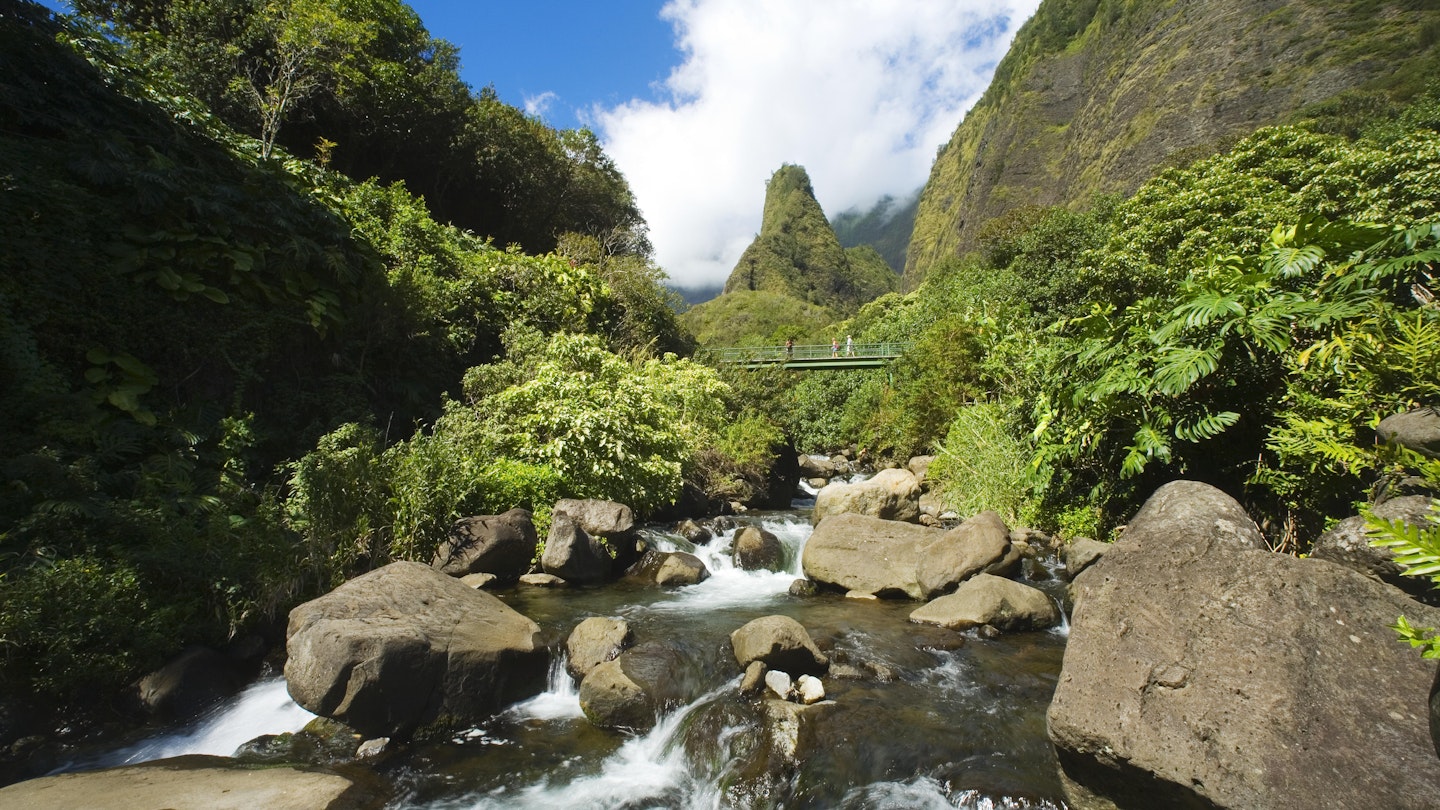Understanding Water Rights and Native Hawaiian Culture After the Lahaina Fire
This article reflects on the intricate connection between Native Hawaiian land rights and water use amidst the recent Lahaina fire tragedy.
Kauaʻula Valley and Native Hawaiian Families
The Kauaʻula Valley, nestled between the West Maui Mountains, is home to the Palakiko family, among many Native Hawaiian communities. Their ancestral land, accessed via dirt roads and lush vegetation, has been a refuge where the sound of trickling water nourishes their taro patches, sustained by a nearby stream. Daniel Ku’uleialoha Palakiko articulates the beauty of their surroundings: “The sun’s rays greet us every morning from over the slopes of Mauna Kahalawai. Then it says goodnight as we watch it set beyond the ocean horizon.”
The Vigilance of Native Hawaiian Rights
Living in the Kauaʻula Valley is not merely about serene landscapes; it encompasses a steadfast responsibility towards protecting Native Hawaiian rights and resources. According to Palakiko, “The area requires more vigilant protectorship of our various rights [as Native Hawaiians].” Their responsibility also involves collaboration with federal agencies to prevent overuse and mismanagement of water, ensuring that the family can care for the land.
Challenges Post-Lahaina Fire
Following the devastation of the Lahaina fire, discussions regarding Native Hawaiian rights, development issues, and water management have intensified. Palakiko strives to educate others about the significance of water rights in the context of the recent tragedy.
The Historical Context
The unfortunate challenges faced by Native Hawaiians can be traced back to the plantation era when water management was monopolized by plantation owners. After the unification of the islands by Kamehameha I in 1810, foreign entities recognized Hawaii’s agricultural potential. Despite King Kamehameha III’s efforts to protect Native Hawaiian lands during the Great Māhele in 1848, significant land was appropriated, redefining the landscape and displacing numerous families.
Consequences of Historical Mismanagement
Palakiko’s family has endured the impacts of these historical episodes. As described, family members faced threats from plantation owners who sought to usurp their water and land resources. Despite these threats and subsequent legal battles, the fight for repatriation and recognition of rights continues. Palakiko insists, “Water’s first priority is to give life… if the ʻaina is in balance, then we as kanaka, will thrive better.”
The Importance of Water in Environmental Balance
Water remains a core issue in Maui’s environmental crisis. After gaining power over land and water resources during the plantation era, plantation owners’ practices depleted the environment. The shift towards mass tourism has exacerbated water usage, leading to drought and diminishing natural resources.
Lahaina: A Shift from Abundance to Scarcity
Once a verdant garden, Lahaina suffered due to agricultural practices and unsustainable tourism. The natural environment has transformed from thriving ecosystems to arid landscapes. Despite these challenges, Palakiko believes in potential restoration through the application of indigenous knowledge and practices.
The 2023 Wildfire Aftermath
The wildfire on August 8, 2023, resulted in catastrophic damage and loss of life in Lahaina. The context in which this occurred has further complicated water conservation efforts. Now, there are renewed concerns about development amidst destroyed housing and the urgent need for water restoration.
Building a Sustainable Future
In light of these adversities, community involvement is crucial. Local initiatives advocating for sustainable practices aim to educate visitors about Native Hawaiian culture and the importance of resource management. “If we’re going to get tourism—which we probably will—let’s educate those who come here as visitors,” Palakiko suggests, emphasizing that understanding and respecting Native perspectives can lead to better relationships between locals and visitors.
Ultimately, the journey toward environmental and cultural restoration is a collective responsibility. Palakiko encapsulates this vision by saying, “You can transcend out of the level of malihini-ship, into the level of ʻōhana-ship.” This embrace of community can help rebuild and sustain the unique Hawaiian way of life.




